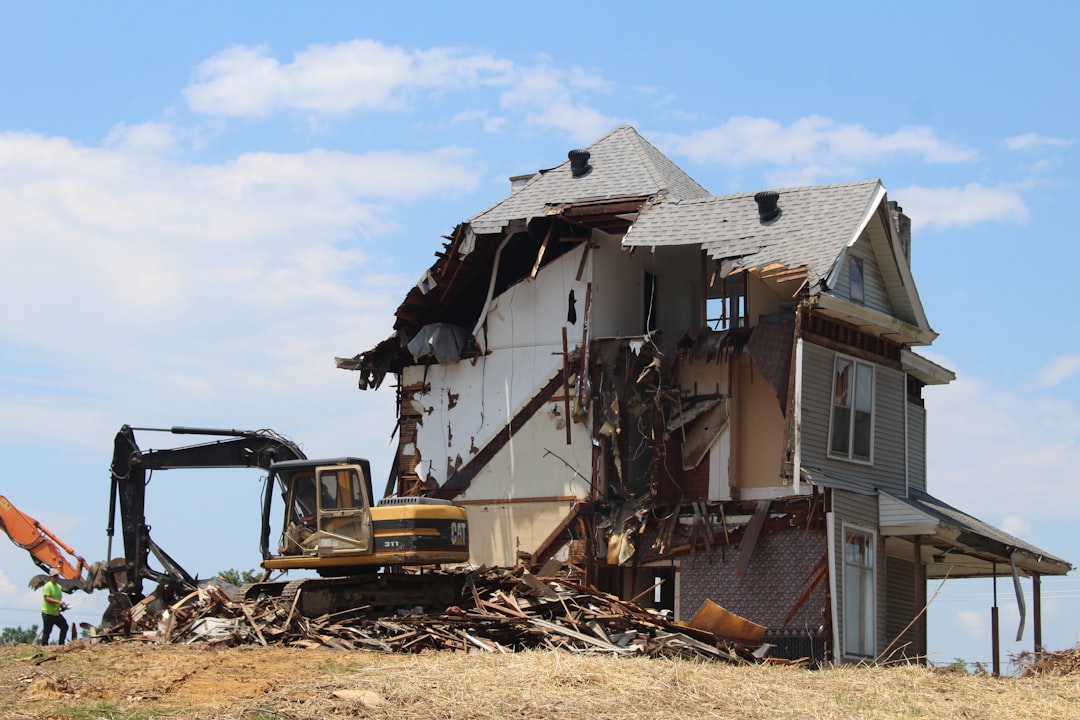What is it about?
Uncontrolled air leakages of buildings cause excessive energy consumption and bring outdoor pollutants indoors deteriorating indoor air quality. These leakages are tedious to determine with current methods especially in large buildings. Moreover, the infiltration rates are weather-dependent and therefore time-varying so that for reliable results long-term measurements should be made under varying conditions. With the presented method the infiltration can be determined by measuring concentrations of submicron particles from outdoor air, supply air and exhaust air. Knowing the key parameters of the building the indoor particle concentrations can be fitted with theoretically calculated ones by which the infiltration flow rates can be deduced.
Featured Image

Photo by Paweł Czerwiński on Unsplash
Why is it important?
Infiltration causes uncontrolled entry of outdoor pollutants indoors and increases buildings energy consumption. Knowledge about infiltration rates is important to focus countermeasures properly in order to improve indoor air quality as well as reduce energy losses
Perspectives
In developed countries people spend about 90 % of their time indoors so the indoor air quality is really important to our health. Infiltration rates depend on weather, especially wind speed, so that short time measurements give only a snapshot of the situation. The presented method allows non-intrusive long-term measurements, which gives a more reliable picture of leakage in buildings under varying conditions.
ilpo kulmala
VTT Ltd
Read the Original
This page is a summary of: A Novel Method for Determining Infiltration of Mechanically Ventilated Buildings, Science and Technology for the Built Environment, June 2019, Taylor & Francis,
DOI: 10.1080/23744731.2019.1620577.
You can read the full text:
Contributors
The following have contributed to this page










